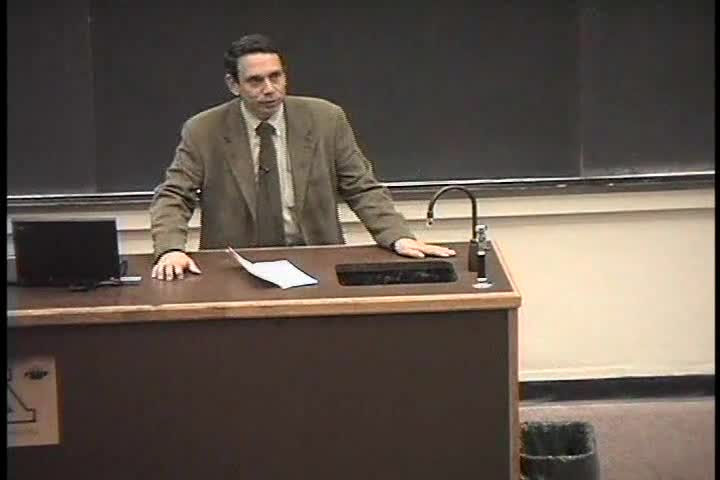The Marriage Equation: A Practical Theory for Predicting Divorce and a Scientifically-Based Marital Therapy
Presenter
November 18, 2004
Abstract
The rise in divorce rates in developed countries, including the US, is a widespread, important and poorly understood phenomenon. The benefits of happy marriages are clear. Laboratory methods have been developed to observe interactions of couples to identify patterns that are predictive of divorce or whether the couple will be unhappily married.
Mathematician James Murray and psychologist John Gottman have developed a marital interaction theory based on key empirical findings from a large number of couples who have been tracked for the past 12 years. The mathematical model, of similar genre to those widely applied in the biomedical sciences, characterizes differences between different types of stable couples whose marriages are likely to last from two types of unstable couples. Changes over time in the parameters of the model can account for deterioration in a couple's relationship, and how their relationship could cross a threshold after which recovery becomes difficult. They have been able to predict the longitudinal course of marital relationships using this modeling, with an accuracy of 94%. With a couple's data they can simulate how this couple may interact under conditions different from those in which they were first observed. The modeling thus leads to "what if" thought experiments which can be used to help design new scientifically-based intervention strategies for troubled marriages.
